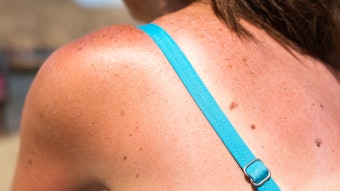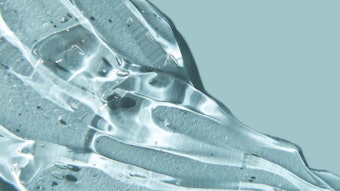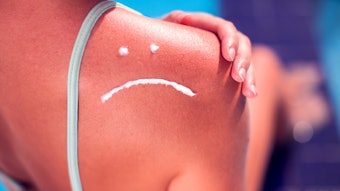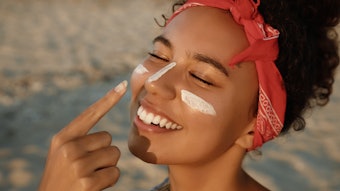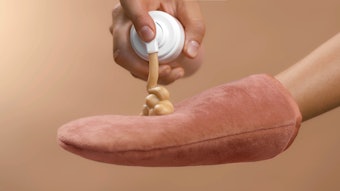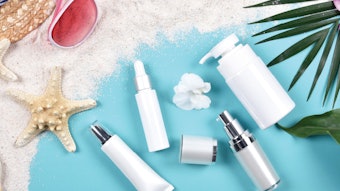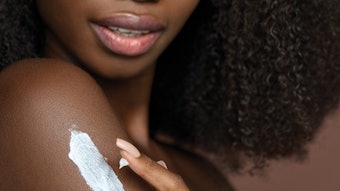Does your spa encourage skin health? If so, it is important to not offering indoor tanning services at your establishment. Instead, promote and retail sunless tanning products. Consider hosting a sunless tanning event that teaches your spa clients and their friends and children about the correct way to apply sunless tanning products for a streak-free--and safe--tan.
About one in 10 U.S. adolescents use sunless tanning products, and an intervention promoting these products as an alternative to regular tanning may reduce sunbathing and sunburns among adult women, according to two reports in the September issue of Archives of Dermatology, one of the JAMA/Archives journals.
Ultraviolet (UV) radiation exposure was recently upgraded to the highest cancer risk category and is the most common avoidable cause of skin cancer, according to background information in the articles. Sunless tanning products offer an alternative method of achieving tanned skin without exposure to UV rays from the sun or from indoor tanning beds. Most of these lotions and sprays contain dihydroxyacetone, a compound that combines with amino acids in the skin's outer layer to stain the skin a tanned color.
In one article, Vilma E. Cokkinides, PhD, of the American Cancer Society, Atlanta, and colleagues assessed the use of sunless tanning products among U.S. adolescents using a nationally representative telephone survey conducted between July and October 2004. A total of 1,600 adolescents age 11 to 18 provided information about whether they used these products in the past year, along with details about demographics, skin type, attitudes and perceptions of sunless tanning and other sun-related behaviors.
Of the teens surveyed, 10.8% reported using sunless tanning products in the past year. Those who used them tended to be older and female, to perceive a tanned appearance as desirable, to have a parent or caregiver who also used these products and to hold positive beliefs or attitudes about them. In addition, the use of sunless tanning products was associated with indoor tanning bed use and a higher frequency of sunburn.
"Our findings suggest that in adolescents, use of sunless tanning products appears independently correlated with risky UVR exposure behaviors (indoor tanning and having had sunburns in the previous summer) but not with routine use of sunscreen," the authors write. "Adolescents, therefore, must be educated about these products and the importance of avoiding indoor tanning and practicing sun-protective behaviors."
In another article, Sherry L. Pagoto, PhD, of the University of Massachusetts Medical School, Worcester, and colleagues recruited 250 women who were sunbathing at a beach to participate in a cancer prevention intervention study. Of these, 125 were assigned to receive information about skin cancer and sunless tanning. In a tent on the beach, trained research assistants provided the women written and verbal application instructions for sunless tanning products and information about the benefits of sunless tanning as compared with the risks of UV exposure. Participants had a UV-filtered photograph taken, which exposes skin damage not visible to the naked eye, and received free samples of sunscreen and sunless tanning products. The other 125, the control group, received free cosmetic samples not related to skin health and told they would be contacted for follow-up.
After two months, participants who had received the intervention reported sunbathing less frequently, having fewer sunburns, and using more protective clothing than those in the control group. After one year, the intervention group still sunbathed less and also used sunless tanning products more frequently than the control group.
"Encouraging sunbathers to switch to sunless tanning could have an important health impact, but sunless tanning has been considered a cosmetic more so than a health care tool," the authors write. "These findings have implications for public health and clinical efforts to prevent skin cancer. Promoting sunless tanning to sunbathers in the context of a skin cancer prevention public health message may be helpful in reducing sunbathing and sunburns and in promoting the use of protective clothing. Future research should determine how to further convince tanners to switch to sunless tanning."
From ScienceDaily.com, September 20, 2010

